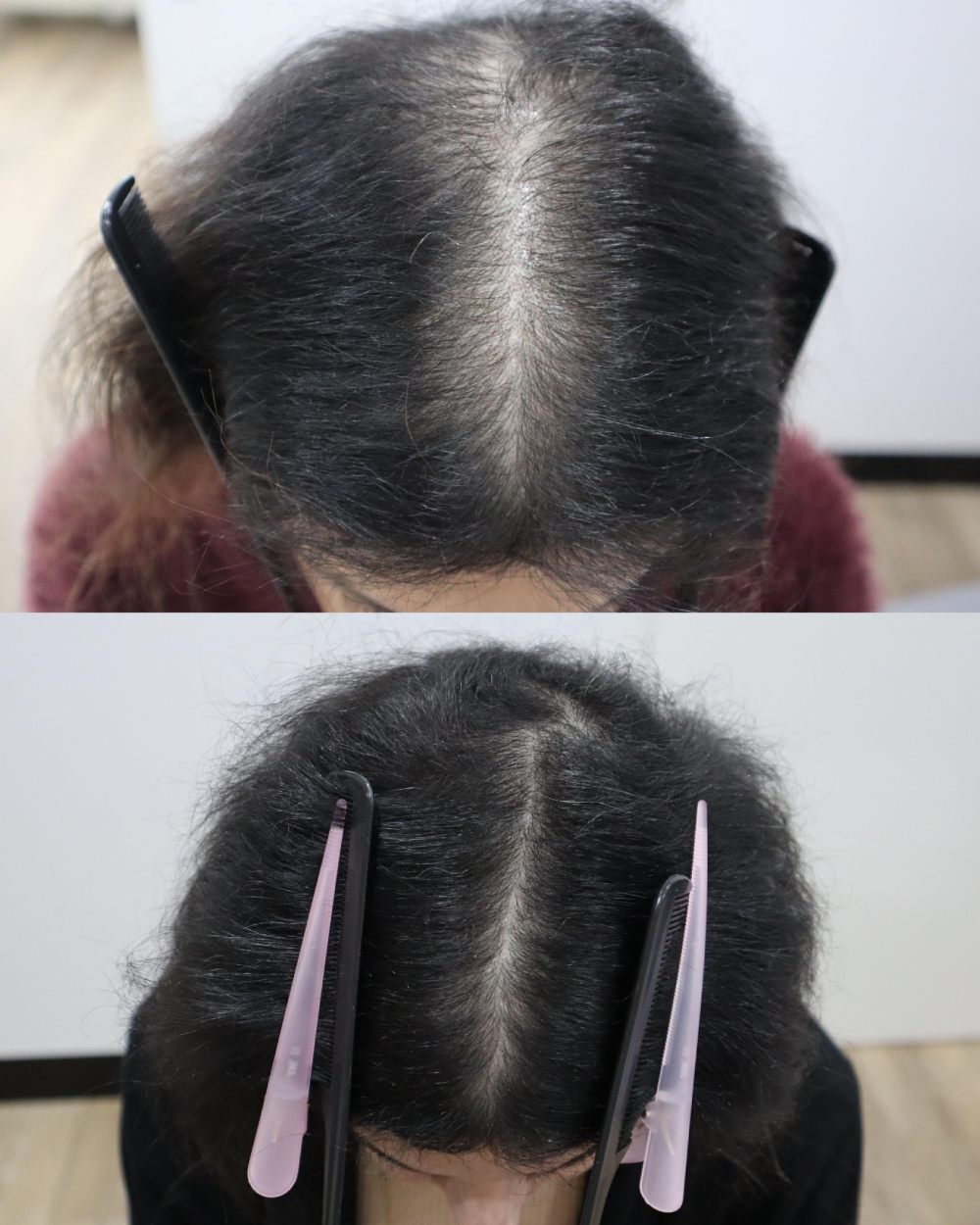PRP
What is PRP?

- PRP or Platelet Rich Plasma is a concentration of platelet cells separated from the blood. These platelets have millions of growth factors that can improve hair growth and skin, depending on which area it is used used it for (skin or hair).
- PRP is used to help regenerate aged or damaged skin, or help restart hair growth by stimulating stem cells that will form new collagen, new blood vessels and new skin cells.
- At Aurora Dermatology we perform this procedure performs 3 to 4 times, 4 weeks apart.
What are the advantages of PRP?
- PRP is based on the natural healing process of the human body.
- PRP is harvested from your own blood and injections are minimally invasive. Therefore, there is no risks of allergic reactions.
- If PRP is used for hair regrowth, it helps to reduce the hair shedding, and you may experience new hair growing in the areas of treatment.
- If PRP is used for skin rejuvenation, it makes your skin look younger and plumped via production of collagen and elastin.
- PRP has short operation time and short downtime. PRP takes 30-45 mins, and you can easily return to your daily life after receiving PRP injections.
What happens during a PRP session?
- We take your blood with a very fine needle and centrifuge the blood to extract the useful part (platelet rich plasma), that will be injected into your scalp (for hair growth) or your face and neck (to regenerate collagen and elastin).
- You may experience minor discomfort during the treatment and within 24 hours.
- Try not to touch or shower the area within 24 hours. After 24 hours you can return to your normal routine.
What are the side effects of PRP for hair loss?
This procedure is generally very well tolerated and any of the following side effects are generally rare and can usually be easily managed. Side effects include:
- Injury to the blood vessels and nerves
- Infection
- Scar tissue
- Rarely reaction to topical anaesthetic
- Risks or side effects are also greater for heavy smokers, people who have a history of drug or alcohol use or people who are on blood thinning medications.
In these cohorts the procedure is not recommended.
Other patients who may not be suitable include patients with current cancer, chronic liver disease, metabolic disorders, platelet dysfunction syndromes, some chronic skin diseases, chronic liver disease, a low platelet count and thyroid disease.
What is the evidence that PRP works for hair loss?
-
PRP has thousands of studies as it has been used on everything from joint pain through to vaginal atrophy – however some areas of medicine have been using PRP for much longer than others.
PRP for skin and hair is a nascent area of medicine, but support for its use is growing.
At least two studies show promising findings.
One study in the Journal Of Aesthetic Plastic Surgery in 2019*1 conceded that the treatment is controversial and the small sample sizes limited factors of their study on 262 patients with androgenetic alopecia.
However the study found that PRP reduced hair loss and increased diameter of hairs and density of growth in most cases.
Another Study in Dermatologic Surgery journal*2 of 389 patients found “the majority demonstrated that platelet-rich plasma produced successful hair growth in androgenetic alopecia and alopecia areata.”

